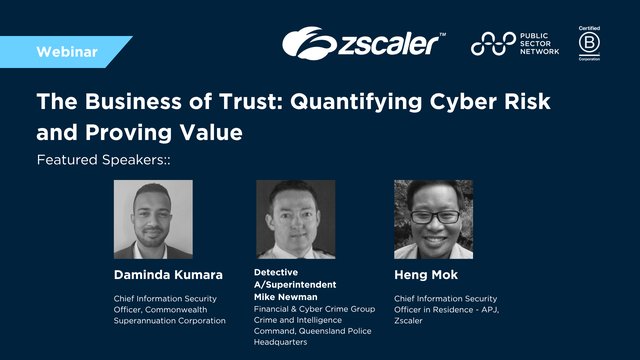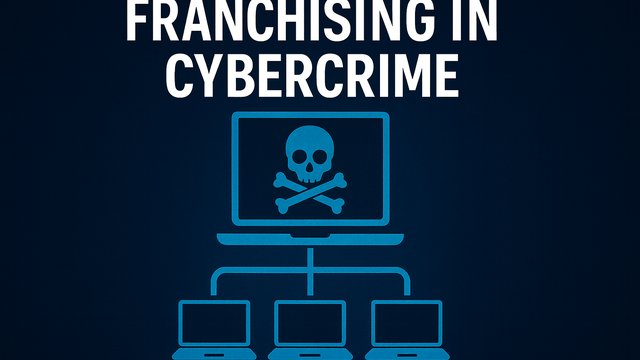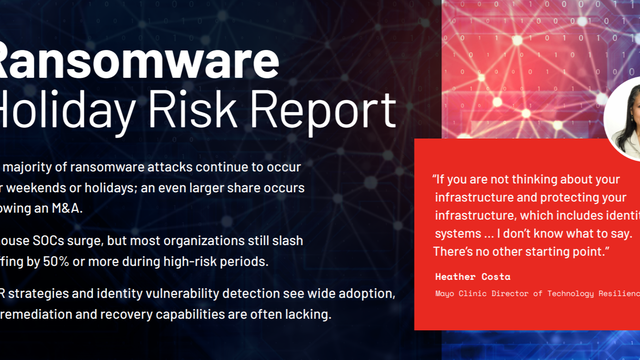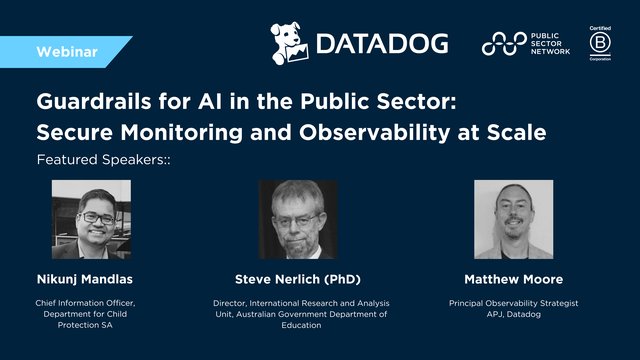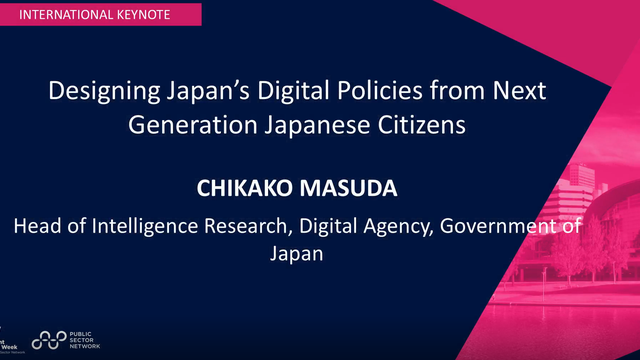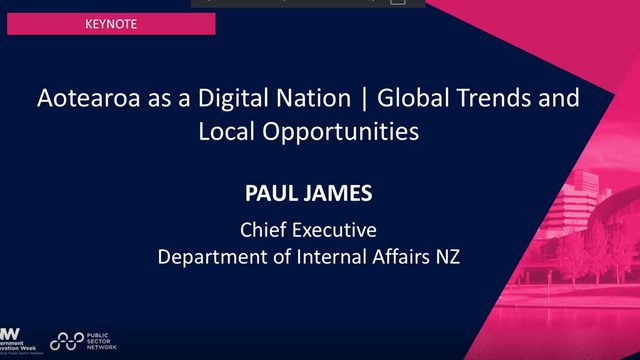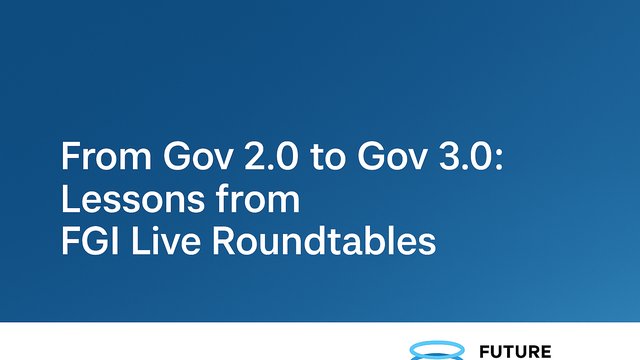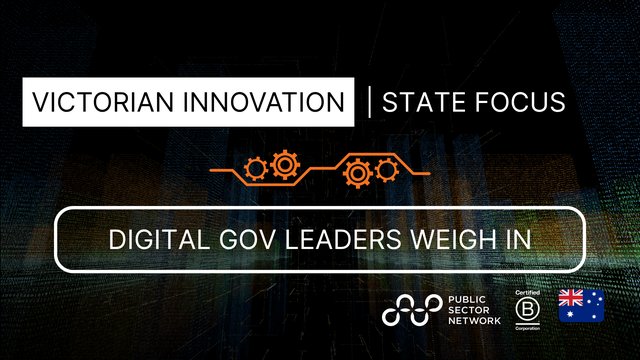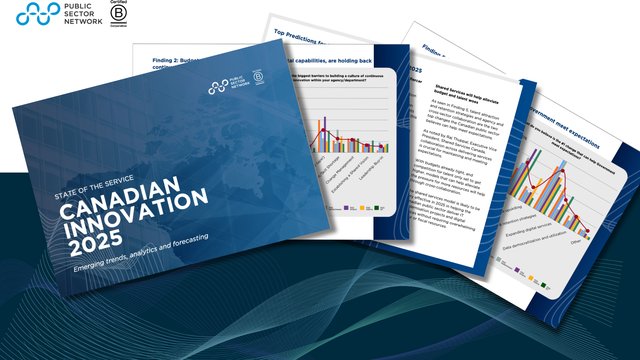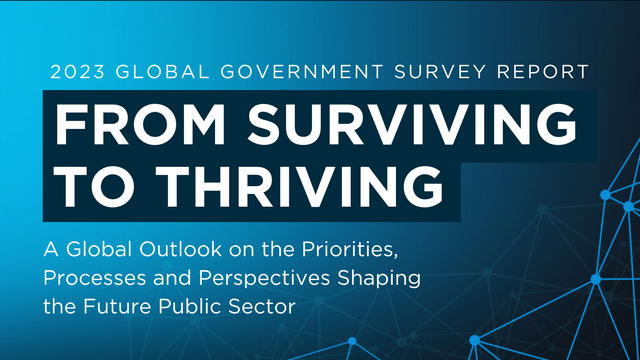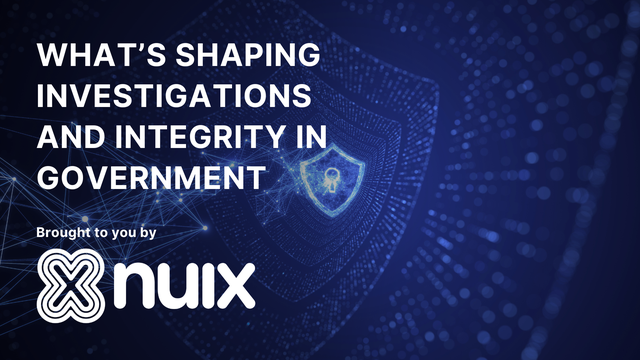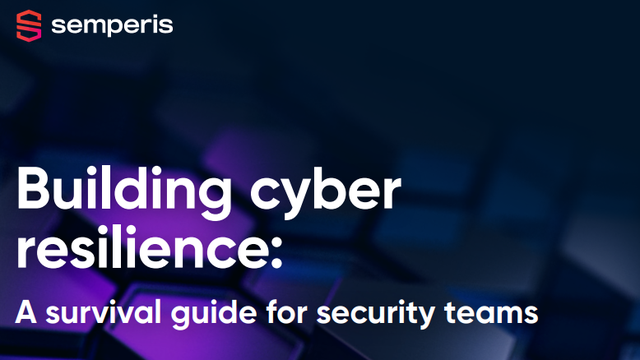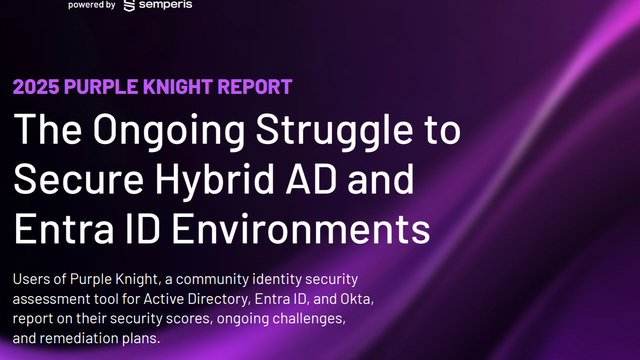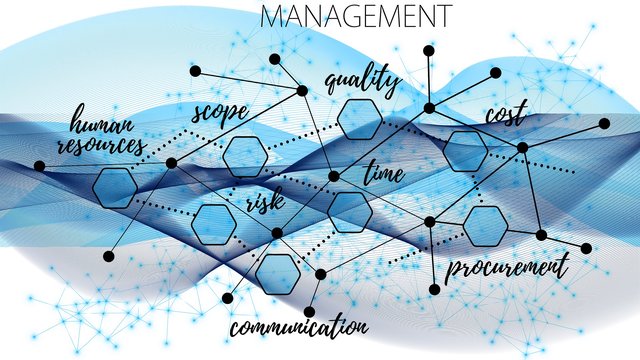

Government service delivery is undergoing a major digital transformation, leveraging new technologies, platforms, and approaches to enhance accessibility and efficiency. At the same time, citizens expect seamless, secure, and personalized interactions with government agencies.
A 2024 survey found that 90% of citizens prefer digital access to public services, while 63% of government workers believe digital transformation has improved accessibility. However, despite these advances, many citizens struggle to navigate complex systems. Nearly two-thirds reported visiting six or more websites before finding the information they needed.
This frustration impacts trust in government. Research shows that citizens who are satisfied with public services are nine times more likely to trust the organizations delivering them. To strengthen this trust and drive digital service adoption, government agencies must prioritize one key factor: cybersecurity.
The Link Between Cybersecurity and Public Trust
While digital transformation brings efficiency and convenience, it also introduces new security risks. With nearly 2,800 data breaches reported in Australia over the past three years, citizens are understandably cautious about sharing personal information. High-profile cyberattacks have led 63% of Australians to reconsider which organizations they trust with their data.
Trust is now at the core of digital government. Security is no longer an afterthought but a fundamental requirement for public sector agencies. A strong cybersecurity strategy enables digital transformation in two key ways:
1. Encouraging Adoption – Citizens and businesses are more likely to engage with digital services when they feel confident their data is protected. By demonstrating a commitment to security, governments can build trust and encourage participation in new digital initiatives.
2. Balancing Innovation with Risk Management – Emerging technologies such as AI, IoT, and advanced analytics offer enormous potential for government operations. However, these innovations also bring security and privacy risks. Agencies must take a proactive approach to cybersecurity, ensuring that security measures evolve alongside technological advancements.
Key Considerations for Securing Digital Government
To effectively protect digital services, security must be embedded in government IT strategies from the outset. Here are six critical considerations for building a resilient cybersecurity framework:
1. Integration – Cybersecurity should be seamlessly integrated across IT environments, including data centers, cloud platforms, and operational technology (OT) networks. A fragmented approach increases complexity and weakens security defenses.
2. Monitoring and Management – A centralized security platform can provide holistic visibility, enabling agencies to detect and respond to threats in real time. For organizations with limited in-house expertise, partnering with managed security providers can bridge monitoring and management gaps.
3. Endpoint Protection – Many government systems run on legacy infrastructure, making them vulnerable to cyber threats. Implementing real-time threat detection across all devices, including older systems, helps mitigate risks while allowing for a phased modernization strategy.
4. Network Optimization – Remote and hybrid operations require robust, secure networks. Optimizing network performance, managing bandwidth, and ensuring secure access to data can enhance service reliability while reducing operational costs.
5. Enhanced Network Visibility – Maintaining continuous oversight of all connected devices, both wired and wireless, is crucial for securing digital infrastructure. Proactive monitoring of network activity helps detect threats early and prevent disruptions.
6. Network Segmentation – Dividing IT and OT networks into secure segments ensures that sensitive data is accessible only to authorized personnel. Implementing multi-factor authentication (MFA) and behavior-based monitoring further strengthens security controls.
Building a Secure and Trusted Digital Future
Digital transformation offers governments a powerful opportunity to improve service delivery and citizen engagement. However, without strong cybersecurity measures, these advancements can lead to increased risk, eroded trust, and reduced adoption of digital services.
By embedding security into every aspect of digital government, agencies can safeguard sensitive data, enhance operational resilience, and maintain public confidence in the services they provide. In an era of growing cyber threats, cybersecurity is not just an IT issue—it is a fundamental pillar of good governance.
Want to get involved and contribute to the conversation? SIGN UP FOR FREE AND JOIN OUR GLOBAL CYBER SECURITY & RISK MANAGEMENT COMMUNITY


